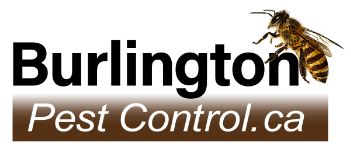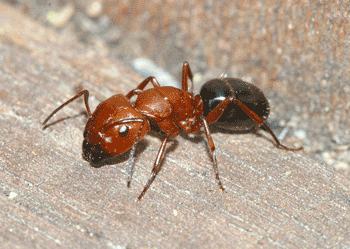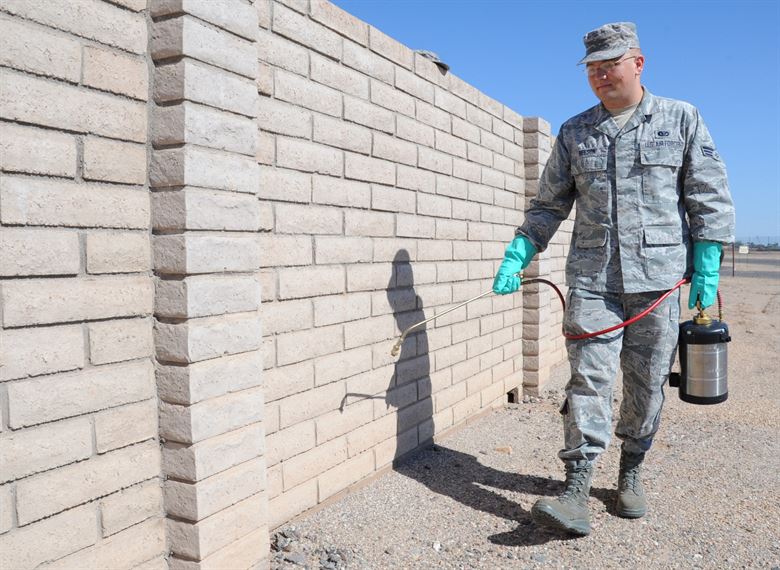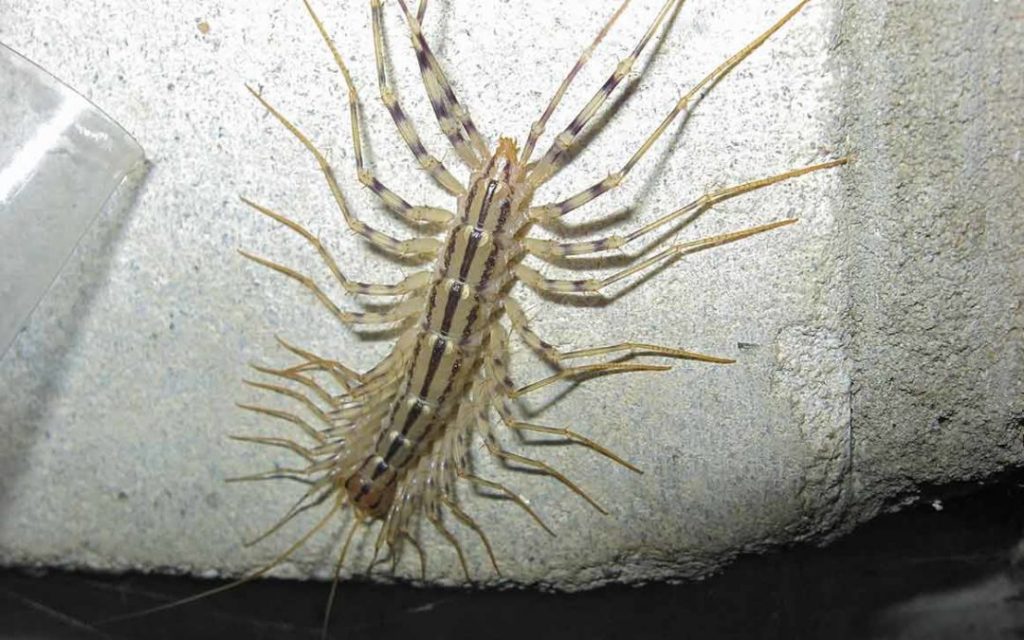Signs of Carpenter Ant Infestation

In nature, carpenter ants are one of the most valued insects for new forest growth. They continuously chew larger pieces of wood into sawdust, creating loads of compost which feeds the next generation of trees and flora. In a home their voracious appetites and ambitious workloads turn them into one of the most destructive invaders you can hope never darkens your door.
Ants start their lives as eggs laid by a queen, which hatch into larvae. The larvae become pupae, and these mature into one of a few types of ant; workers who guard the colony, workers who forage for food and cater to colony needs and reproducers who will spawn the next generation (although the reproducers are not the priority in a newly established colony and will only come 2 to 6 years after a colony of workers has been established). When the queen (who herself can live anywhere from 15 to 20 years but will never leave her nest) lays her very first batch of eggs, she will care for them herself until the workers are old enough to forage and care for the next generations. Only when a colony becomes overcrowded will the queen lay eggs that will hatch into winged male and females who will fly away and start their own satellite nests. It takes roughly 6 to 12 weeks for a carpenter ant to grow from egg to adult, and adults can range from 3.5 to 13mm in length when fully grown. You can recognize the workers from the large set of mandibles they sport.
A parent colony of carpenter ants will host the queen, larvae and workers. Once the colony has overgrown its home, it will venture out into satellite colonies nearby, but will only be made up of mature larvae, reproducer ants and workers. Colonies are most often housed in tree stumps or logs, or in stacks of wood (so beware the collection of rotting stumps or pallets in your yard, both of which would provide an invitation). Carpenter ants will feed on other insects, on the “honeydew” produced by aphids and other scale insects, and on fruit. Inside your home, the ants will eat meat, your pet food, and any sweets they happen across (think sugar, honey, jelly, and fruit.) Contrary to popular belief, and unlike termites, carpenter ants do not eat wood; they chew up the wood only to create tunnels for their homes, and the debris and sawdust is tossed from the tunnels and nest.

These ants are most often black, but can range in colour from dark brown, red, orange, tan, light brown, or yellow. The size of an ant will differ depending on its job; one nest will comprise of many different sizes of ants. This ant is identifiable by a slim waist which separates its lower and upper body, and a body which is separated into 3 distinct segments. It’s antennae have an “elbow”, which means that one section bends away from the other.
An obvious sign of a carpenter ant infestation is piles of sawdust under wood furniture or elsewhere in the home (such as near wood doors or structural support beams). You might even hear faint rustling sounds as they burrow into their nests, so pressing your ear against the wall could provide you with a good indication of their whereabouts. Carpenter ants polish their burrows and will clean it of any dead insects or shavings, so if you see these in the sawdust piles, they very likely belong to carpenter ants. You may also spot the carpenter ants themselves, although if you see them it’s likely the workers you’ll spot as they go about their business foraging for food and bringing it back to the colony. Unfortunately, if you spot the winged ants, it’s a good indication of a well established colony which is in the process of breaking off into satellite nests. (Or – yikes! – has already done so and is in the process of sending even more wood chewers throughout your house.)
Since carpenter ants rarely nest in dry wood (preferring instead wood that has been partially decayed by water or by rot – even by previous damage from another pest) you could first look for nests in areas where wood has been exposed to either the elements, leaks, or with easy access to the outside. It’s a good idea to take a look at the outside of your home as well; as it could only be a satellite nest you’re playing unwilling host to, and not the parent colony. You’ll want to ensure you locate the parent colony and have it taken care of to discourage further attempts at colonizing your home.
Whether small or large scale, if you have a carpenter ant problem it is best both identified and dealt with by a professional.




